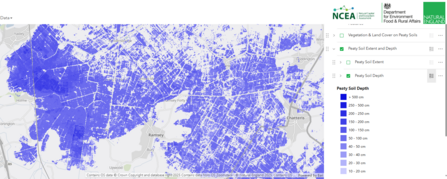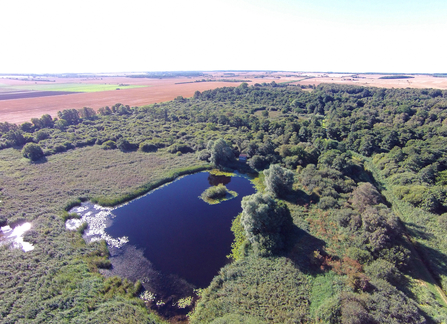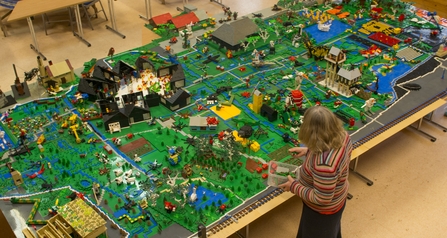I have been talking about peat in the East Anglian Fens for many years, but what we can't measure, we can't manage. I am so pleased, therefore, that we finally have a new peat map for England. As my colleague, Dr Ruth Waters writes, "England’s peat deposits are one of our most valuable national assets. They’re our largest carbon store, they filter most of our fresh water and help defend communities against flooding, and they’re home to irreplaceable plants and wildlife".
As you delve into the map, you soon realise that reassuringly, much of our remaining deep peat is now designated and protected as a nature reserve. However, the only way to successfully manage a peatland site is to prevent oxidation of the carbon that is stored in the soil. This means keeping the water table high, which keeps the peat wet and prevents greenhouse gases being released.





